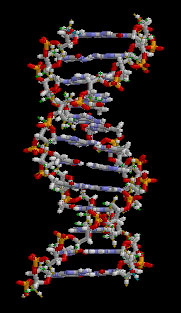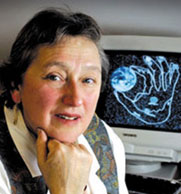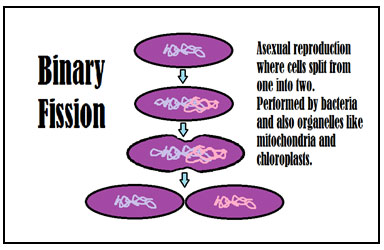

So, how do scientists know this? The idea of endosymbiosis has been around for over a hundred years, but more recently, scientists have been able to shed more light on the theory. Lynn Margulis, a scientist from Boston University, noted that chloroplasts and mitochondria have their own unique DNA particles that are very different from the DNA found in the nucleus. The DNA is very similar to the DNA found in prokaryotes or bacteria.

She also noted that chloroplasts and mitochondria have their own ribosomes that resemble bacterial ribosomes as opposed to those found in the eukaryotic cell.

The third piece of evidence that supports the theory of Endosymbiosis is that while eukaryotic cells reproduce by mitosis, these energy organelles reproduce the same way as bacteria do. Chloroplasts and mitochondria reproduce by the process of binary fission, where the organelle divides in half.
These three types of evidence strongly support the theory of Endosymbiosis.
Sources for images used in this section, as they appear, from top to bottom: